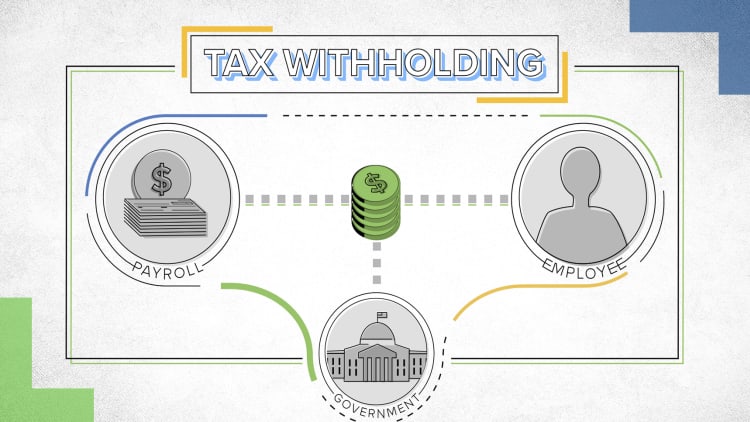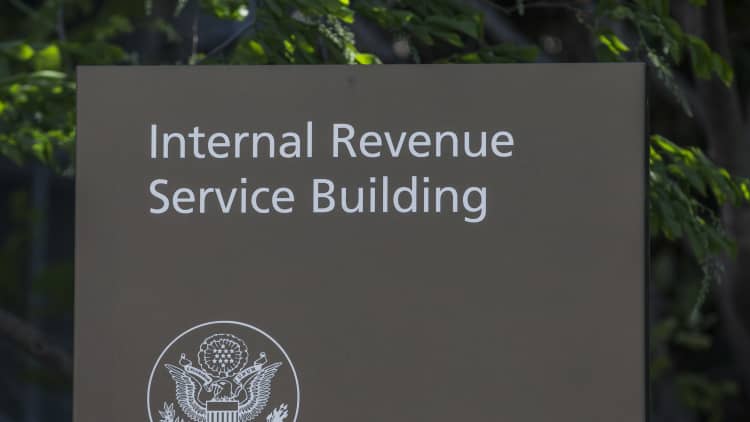Some people are just fine with paying a little extra to the tax man.
In fact, 42% of adults polled by NerdWallet said that they would prefer to overpay on federal income taxes, even if it means they're taking home less money for the entire year.
The personal finance site surveyed 2,030 people online in June.
Blame it on that sweet tax refund every spring. "People are afraid of getting a bill from the IRS, but also the refund feels like a bonus," said Andrea Coombes, a tax specialist at NerdWallet.
More from Personal Finance:
Best way to save for retirement may include underused plan
New state programs make worker retirement saving easier
Here's how to feel richer with the money you already have
"The average refund is just under $3,000 — that's $250 you could have had in your pocket every month to put toward bills and savings," she said.
The Internal Revenue Service received 134.8 million income tax returns for the 2018 tax year as of May 23, according to data from the tax agency.
Of these, 106.4 million received refunds due to tax overpayments, adding up to more than $306 billion in refunds paid as of May 23.
Form W-4

The Tax Cuts and Jobs Act went into effect in 2018, reducing individual income tax rates, eliminating personal exemptions and roughly doubling the standard deduction.
In turn, the IRS and Treasury Department overhauled the tables that employers use to withhold workers' federal income tax, as well as Form W-4 — the document you use to determine your tax load.
To help taxpayers get closer to the right amount they should withhold under the new law, the IRS recently released a new draft of its Form W-4 for 2020.
The agency also recently revamped its withholding calculator.
If you overpay your taxes during the year, you get a refund the following spring. However, you've made an interest-free loan to the federal government and you've left yourself with less take-home pay.
Fail to withhold enough money, and you'll end up owing the IRS the following year.
"There's a fair amount of confusion around what the W-4 is and a lot of apathy on revisiting it," Coombes said.
A closer look

Dust off your 2018 tax return and start figuring out your withholding.
Take a closer look if you fit into one of these categories:
• You're retired: Use Form W-4V to withhold a flat rate from your Social Security check or Form W-4P to withhold from your pension.
• You have dependents: If you withheld less because you have children or other dependents, you'll need to take a second look.
The new law ended personal and dependent exemptions. It also broadened the applicability of the child tax credit to include higher-income households.
• You used to itemize deductions: Now that the standard deduction is so high, taxpayers who used to itemize may find they no longer do.
If you itemized and withheld less, go back to your W-4.
• You're an employee with a weekend hustle: You're going to owe taxes on that side gig income, so make sure you've withheld enough to cover it.



